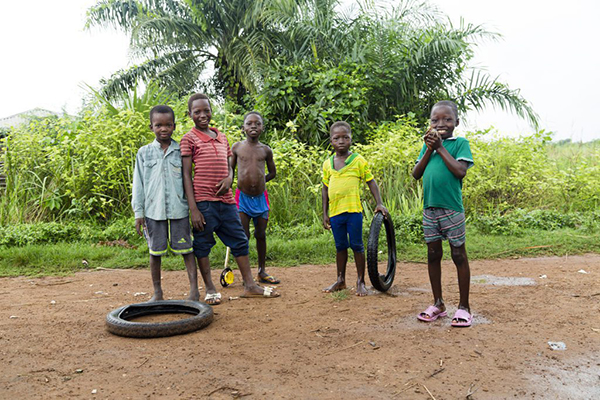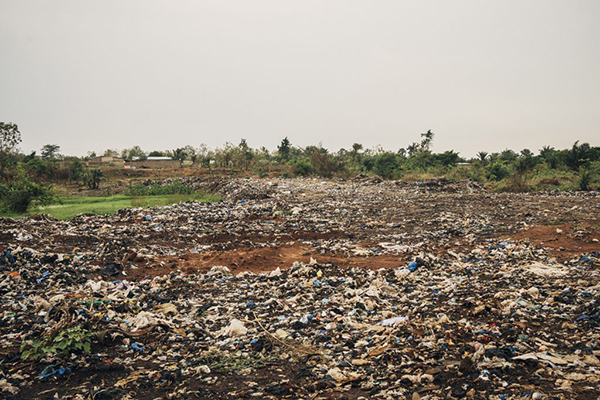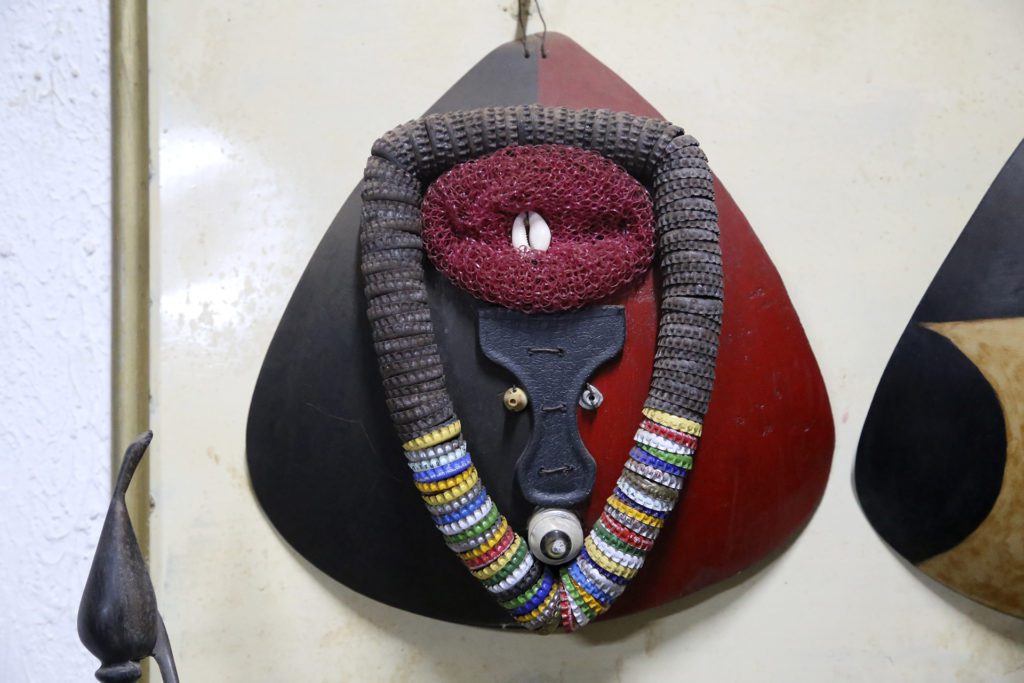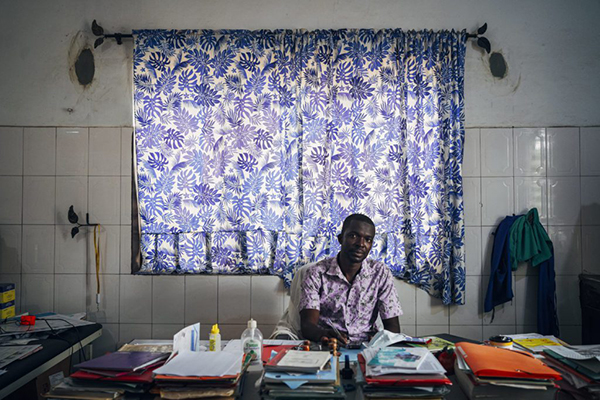Buruli ulcer is a Neglected Tropical Disease (NTD) affecting the skin caused by an environmental mycobacterium known as Mycobacterium ulcerans, which is part of the same family of bacteria causing tuberculosis or leprosy. Its prevention and mode of transmission are still unknown, and therefore early diagnosis and treatment are crucial.
Buruli ulcer is a disease of unknown origin. It is normally linked to the presence of stagnant and unhealthy water, and it has a disproportionate effect on people from rural and impoverished backgrounds in sub-Saharan Africa. Its treatment with antibiotics is cheap and effective, but as it is a neglected disease not enough resources are deployed to detect it or treat it.
Buruli ulcer: A nodule that ulcerates and leads to disability
Buruli ulcer manifests as a painless swelling or nodule on the legs, arms, or face. If not treated in time, these nodules become ulcers after a few weeks, affecting the soft tissues and bones of the patient. This can give rise to a permanent disability with psycho-social and socio-economic implications. The need for hospitalization in order to receive treatment and heal the wounds has a great impact on households, especially when most cases are detected in an advanced stage of the disease, requiring a longer period of hospitalization.
To accelerate healing and reduce time spent in hospital, treatment with antibiotics is combined with curing the wounds, surgery, and in serious cases, physiotherapy to prevent disability.
More than 30 countries have reported cases of Buruli ulcer, with the most affected being countries in western and central Africa. Efforts to control the disease in the past decade have focussed on these two WHO regions. At Fundación Anesvad we combat Buruli ulcer in 4 countries of the Gulf of Guinea: Côte d’Ivoire, Ghana, Togo, and Benin.






